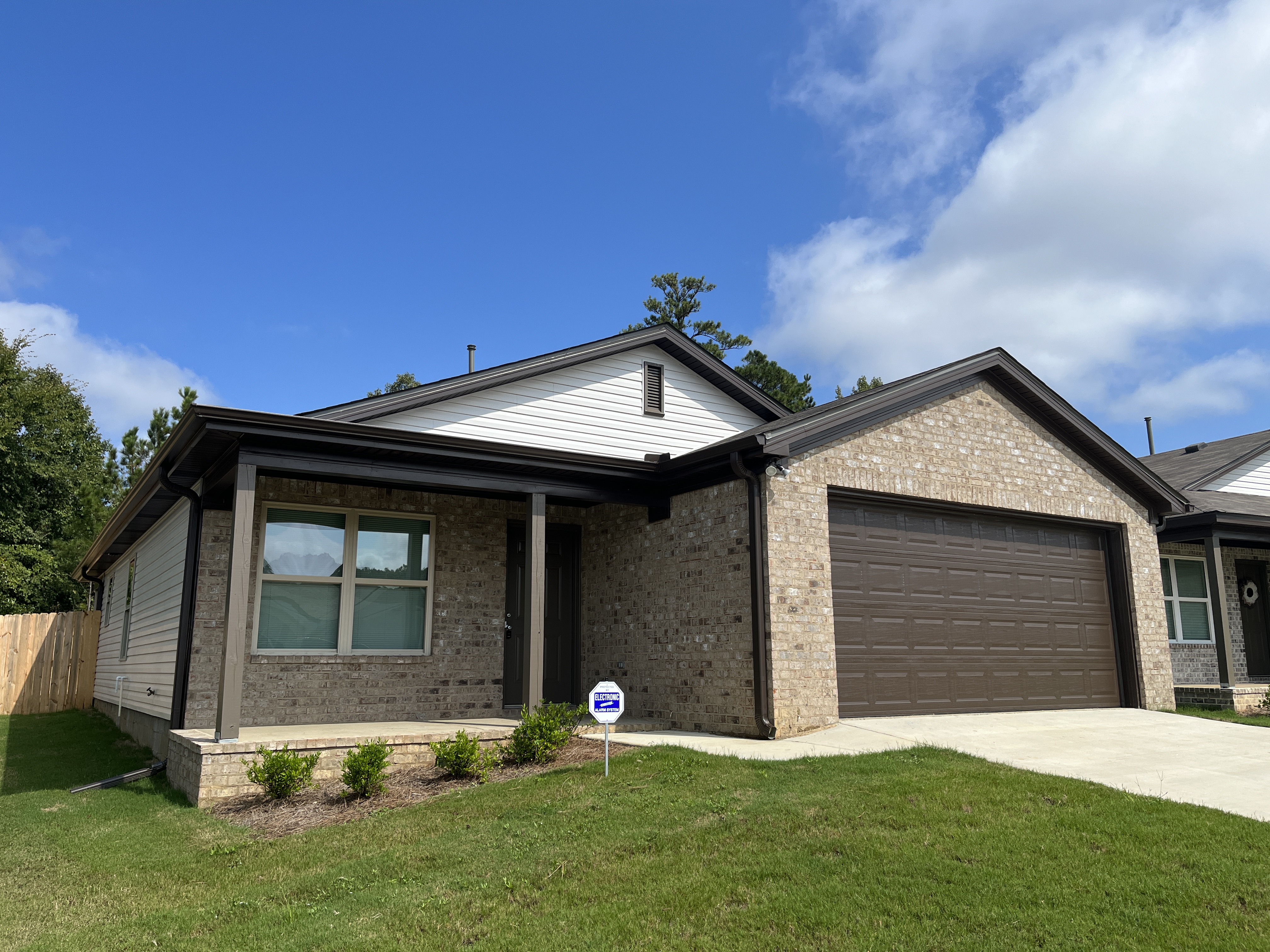
If real estate investors are learning anything from the ups-and-downs of the 2022 real estate market, it’s that buy-and-hold investing is a solid – and lucrative – strategy.
Between the uncertainty of the housing market and economic challenges at large, investors must be more diligent than ever in choosing the right investments and the best strategies for long-term success.
5 Indicators that Buy-and-Hold Is Your Best Real Estate Investment Strategy
1. A Faltering house-flipping industry
When we consider how much home prices have grown over the past two years (up to a $440,300 median in Q2 of 2022 from $322,600 in Q2 2020, a 36.48% increase), it should come as no surprise that fix-and-flipping experienced increased popularity. However, with rising interest rates and construction costs, along with decreasing buyer interest, the flipper’s lucky streak has run out.
As Bloomberg reports, Opendoor lost money on 42% of its resales in mid-2022, because they failed to anticipate slipping housing demand. Those invested in a quick resale are at a higher risk because of these twists and turns in the market.
A buy-and-hold strategy is, in principle, the opposite of a short-term flipping strategy. Investors don’t have to worry about suffering dramatic losses when the market takes an unexpected turn. Their profits don’t hinge on that!
2. Increasing SFR demand
Single-family rental demand has been on the upswing for years, but this trend has been particularly pronounced during the pandemic. This demand comes from the lack of housing affordability combined with an experience that is as close to homeownership as possible – plus the benefits of professional management. We’ve seen that SFR rental rates have grown at 5 times the pace of apartment rates.
Forbes notes that “forever renters,” are on the rise – households that see themselves renting indefinitely with no plans to buy their own home. SFRs are best suited for this trend, as they offer more space and flexibility for households than typical multifamily units.
3. Market uncertainty
Perhaps one of the biggest reasons to latch onto the buy-and-hold strategy is the general uncertainty in the market. When you plan to hold for five years, ten years, or longer, you don’t have to worry about the month-to-month market shifts that impact other investors. This lends a greater sense of control and peace of mind to investors.
Biding your time is the better move by far. If a big company like Opendoor couldn’t anticipate how market changes would hurt its profitability, it’s unlikely the average investor could do better. Experienced or not, a buy-and-hold strategy removes the time crunch.
4. Increasing passive income potential
As we mentioned, demand for SFRs is growing at an astronomical pace. The New York Times reports that potential home sellers are reconsidering listing and are, instead, increasingly entertaining the thought of renting out their homes. If the housing market is doomed to slip into sluggishness thanks to sky-high prices and interest rates, then sellers are better off earning rent that covers their monthly expenses and generates passive income.
Fewer homes on the market will perpetuate the cycle: keeping demand tight even as homebuyer interest falls. That will keep prices up and continue to increase the demand for SFRs and other long-term rentals as a simple matter of affordability.
5. When you're looking for portfolio stability—and generational wealth opportunity
A buy-and-hold investment strategy isn’t just appropriate for now. It’s a strategy that has long proven its effectiveness throughout various points of the real estate cycle. Because of this, real estate investors can utilize this strategy for overall portfolio stability. Even if your plan is to branch out into other, more risky strategies, a stable foundation will soften the blow of any potential losses.
A long-term lens also benefits your family. Buy-and-hold investors, by nature, are often passive investors. This makes it easier to hold onto properties for decades to come, eventually passing down the equity and streams of cash flow to future generations.
In times when living in the world is as costly as it's been, establishing generational wealth is key to starting your family ahead of the pack.
Between increasing SFR demand and a shaky, unpredictable real estate market, a long-term strategy is the best strategy. If you don’t have a firm foundation for your portfolio, it’s time to buy and hold!
Looking to start earning passive income? Connect with one of our Portfolio Advisors today!












